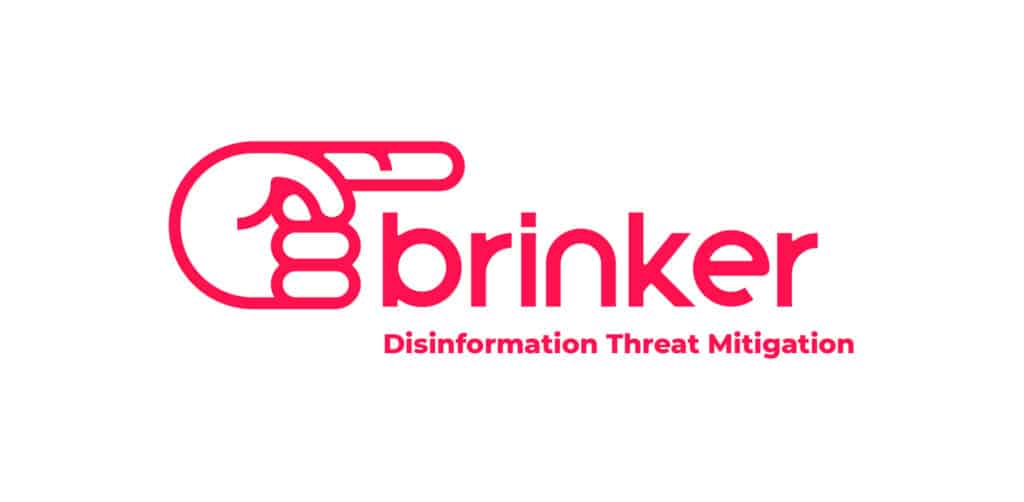The big news yesterday was about the U.S. Justice Department announcing the first-ever criminal charges against a foreign country for cyberspying. The news today may well be about China (and other countries) taking retaliatory actions, including similar legal steps against individuals in this country, working on behalf of the NSA, CIA or other government agencies. The Justice Department on Monday announced that a grand jury in the Western District of Pennsylvania indicted five Chinese citizens (PDF) for charges that include computer hacking and economic espionage directed at six American companies in the nuclear power, metals and solar products industries. The indictment alleges that the five defendants conspired to hack into American companies on behalf of competitors in China, including state-owned enterprises. The stolen information included intellectual property that would allow the Chinese firms to better compete with their American competitors. The hackers also stole confidential information regarding business negotiations and other deals that would aid the Chinese […]
Tag: malware
FireEye Report: Iranian Hacker Group Becoming More Sophisticated
A report from the security firm FireEye claims that hacking crews based in Iran have become more sophisticated in recent years. They are now linked to malicious software campaigns targeting western corporations and domestic actors who attempt to circumvent Internet filters put in place by the ruling regime. The report, dubbed “Operation Saffron Rose,”(PDF) was released on Tuesday. In a blog post accompanying the research, FireEye researchers say that it has identified a group of hackers it is calling the “Ajax Security Team” that appears to have emerged out of Iranian hacker forums such as Ashiyane and Shabgard. Once limited to website defacements, the Ajax team has graduated to malware-based espionage and other techniques associated with “advanced persistent threat” (APT) style actors, FireEye said. The researchers claim that the group has been observed using social engineering techniques to implant custom malware on victims’ computers. The group’s objectives seem to align with those […]
Linux IoT Worm Still Alive And Mining Virtual Coins
A few months ago we wrote about a new Internet worm notable because it spread between devices running the Linux operating systems, and because it had the ability to infect a range of non-PC devices including set top boxes. Symantec was quick to suggest that the worm, Linux.Darlloz, was the first “Internet of Things” malware. Now, three months later, Symantec is updating the story: noting that Darlloz is still out there, and seems to have been put to use mining for virtual currencies. Writing on Symantec’s blog on Thursday, analyst Karou Hayashi said that researchers there discovered a new variant of Darlloz in January that included code changes and improvements from the version discovered at the end of 2013. Darlloz is versatile: it can run on devices using a variety of architectures, including the common Intel x86, but also hardware running the ARM, MIPS and PowerPC architectures. Those are more common […]
Is Refrigerator Spam Really In Our Future?
I came across an interesting post over on Wearable World News today titled “The Danger of Smart Spam In the Internet of Things.” The article, by Jessica Groopman, ran yesterday and provides a kind of conceptual overview of the security and IoT space. I think Goodman gets it mostly right: she talks about the proliferation of device types and platforms that will (or already does) characterize the Internet of Things. With hundreds of billions (compared with hundreds of millions) of Internet connected endpoints, cyber criminals, hacktivists and other bad actors have an even greater ability to create armies of compromised endpoints and harness their collective power in attacks. Goodman also gets it right when she notes that many “smart” devices run commodity operating systems like Linux and don’t require lots of special effort to reverse engineer. Finally, IoT devices frequently are low power and embedded systems that lack the processing […]
Target Breach Spells End for Magnetic Stripe Cards in 2015
After years spent fighting pushes for more secure standards, the payment card industry and retailers are moving quickly to abandon magnetic stripe cards and embrace so-called ‘chip and pin’ technology. Credit card firms MasterCard and Visa plan to have most customers on the more secure chip and pin cards by October, 2015, according to a report in the Wall Street Journal. The move comes in the wake of a massive heist of account information for tens of millions of credit card holders from the systems of U.S. retailers including Target, Neiman Marcus and Michaels Stores. In an interview with MasterCard’s Carolyn Balfany, the Journal notes that company has set October, 2015 as the date for a “liability shift” – a change in policy that will hold the party in a fraudulent transaction liable for losses due to that transaction. The goal, said Balfany, is to try to encourage merchants and […]






